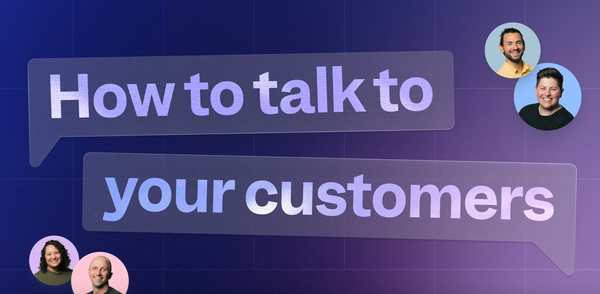Can You Identify the Four Ingredients That Make This a Good Cold Email?
Cold emails can be a powerful tool for reaching potential clients, but crafting one that stands out and gets a response requires a strategic approach. Let’s break down a successful cold email to understand the key ingredients that make it effective:
The Email:
“John - Ever wish you weren’t bogged down with admin work (paperwork, IT tasks, setting up new employees, payroll, creating an account in Gmail, Salesforce, GitHub, AWS, VPN)?
In SuperCRM, you click a button to hire (or promote or terminate) and you’re done.
Generate agreements + paperwork for signing, collect their personal info, ship them a pre-configured computer, set up your accounts in all your different systems, set them up in payroll, etc.
Interested?”
Ingredient 1: Personalization
The email starts by addressing the recipient directly, using their name: “James.” This personal touch immediately catches the recipient’s attention and sets the tone for a more personalized and engaging message. Personalization is crucial in cold emails as it makes the recipient feel valued and recognized, increasing the likelihood of a positive response.
Ingredient 2: Pain Point Identification
The opening line identifies a common pain point: “Ever wish you weren’t bogged down with admin work?” By listing specific tasks like paperwork, IT tasks, and setting up new employees, the email resonates with the recipient's daily struggles. Identifying and addressing pain points shows that you understand the recipient’s challenges and are offering a solution that can make their life easier.
Ingredient 3: Clear Value Proposition
The email presents a clear and compelling value proposition: “In Rippling, you click a button to hire (or promote or terminate) and you’re done.” This concise statement highlights the main benefit of the product—simplicity and efficiency. It promises to solve the identified pain points with minimal effort, making it an attractive solution for the recipient.
Ingredient 4: Call to Action
The email concludes with a simple and direct call to action: “Interested?” This question invites the recipient to engage and respond without pressure. A clear and straightforward call to action is essential in a cold email as it guides the recipient towards the next step, increasing the chances of initiating a conversation.
Why This Email Works
Combining personalization, pain point identification, a clear value proposition, and a straightforward call to action creates a powerful and effective cold email. Here’s why these ingredients work together so well:
- Engagement: Personalization and addressing pain points draw the recipient in, making them more likely to read the entire email.
- Relevance: By identifying specific challenges, the email becomes highly relevant to the recipient’s needs.
- Clarity: A clear value proposition and a simple call to action leave no room for confusion, making it easy for the recipient to see the benefits and take the next step.
- Efficiency: The email is concise and to the point, respecting the recipient’s time while delivering a compelling message.
Crafting Your Own Effective Cold Email
To create a cold email that garners attention and responses, ensure you incorporate these four key ingredients:
- Personalize: Address the recipient by name and tailor the message to their specific situation.
- Identify Pain Points: Highlight the common challenges your recipient faces and how your solution can alleviate them.
- Present Clear Value: Communicate the main benefit of your product or service in a clear and concise manner.
- Include a Call to Action: End with a simple and direct invitation for the recipient to engage further.
By following this formula, you can craft cold emails that not only stand out in a crowded inbox but also drive meaningful engagement and responses.


